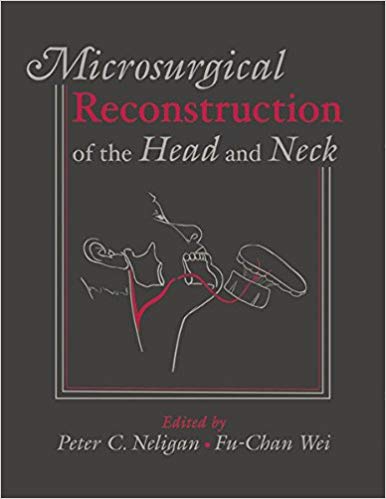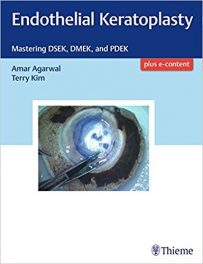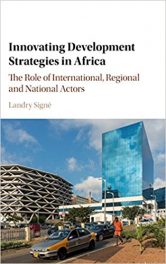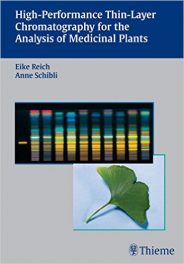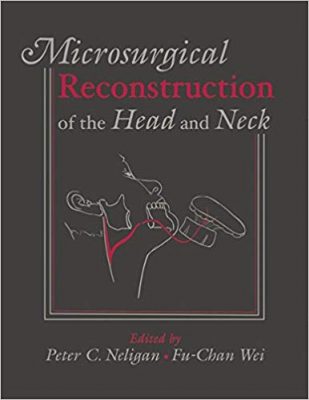 Editors: Peter C. Neligan, MB; and Fu-Chan Wei, MD
Editors: Peter C. Neligan, MB; and Fu-Chan Wei, MD
Illustrators: Jennifer C. Darcy, MS; Emily Ullo Steigler, MS, CMI;, Amanda Yarberry Behr, MA, CMI
Publisher: Quality Medical Publishing – 899 pages
Book Review by: Nano Khilnani
This book published in 2010 is focused on microsurgery as well as micro-vascular surgery in the head and neck. In instances where cancerous tumors are found and reconstruction is needed, it is important to understand disease processes, the two editors point out in the Preface. This is an important book also because it is the combined effort of specialists doing exciting new work in head and neck surgery.
Forty-two specialists in plastic and reconstructive surgery, and in other fields including anesthesiology, burn surgery, craniofacial osseo-integration, hand surgery, maxillofacial prosthetics, microsurgery, micro-vascular surgery, oral and maxillofacial surgery, otolaryngology (head and neck surgery), radiation oncology, surgical oncology, thoracic oncology, and transplant immunology, authored the chapters of this large multidisciplinary textbook that has global appeal, with multinational authorship.
Dr. Patrick Gullane, otolaryngologist-in-chief at Toronto General Hospital who wrote the Foreword for this book, has praise for the two editors of this book ,writing that they “demonstrate a variety of selective extirpation techniques and provide a menu of flaps that can be used to produce the best functional and cosmetic outcomes.” On the material found on this book, he writes; “it is presented in a clear and concise manner that includes both critical and contrasting points of view.”
He adds: “This superb text chronicles the breadth and depth of understanding necessary for implementing current microsurgical reconstruction techniques that optimize the quality of life for this patient population. It is a major contribution to head and neck ablative and reconstructive surgeons, and in my opinion should be compulsory reading for residents and fellows in training, as well as practicing head and neck reconstructive surgeons….this landmark work is the most important and timely account of our present knowledge of free tissue transfer in the head and neck.
The contributors of content (authors or coauthors of the chapters) are from all over the United States and nine other countries – Canada, Germany, Japan, the Netherlands, Saudi Arabia, Singapore, Taiwan, Turkey, and the United Kingdom. Too numerous to list all 42 chapter titles here, we present below the titles of the seven Parts under which the chapters are organized, to provide you a content overview:
- Part One – Fundamentals of Head and Neck Cancer Management
- Part Two – Fundamentals of Head and Neck Reconstruction
- Part Three – Common Free Flaps for Head and Neck Reconstruction
- Part Four – Reconstruction by Region
- Part Five – Rehabilitation Following Head and Neck Reconstruction
- Part Six – Refinements and Complications
- Part Seven – The Future
Let’s take a look at the outline and content of an important component in this book, chapter 10 entitled Microsurgical Technique in Part 2, authored by Dr. Peter C. Neligan. He begins by presenting three important highlights on this topic, and they are:
- To optimize the chances of success with microsurgical procedures, surgeons must consider their comfort level and ensure that appropriate wrist and hand rests are used
- Correct instrumentation and delicate tissue handling are critical
- The choice of anastomotic technique depends on the circumstances of each case
This is a short chapter of just seven pages that contains six important points under General Technique, a Conclusion in which he asserts the importance of precision and careful planning, and three imperatives under Critical Points. We quote Dr. Neligan so the reader will understand his exact instructions.
General Technique
- Instruments – “Surgeons need to be familiar and comfortable with their instruments.”
- Tissue Handling – “The need to be delicate when handling tissue cannot be overemphasized.”
- Vessel Dissection – “Care and attention to the delicacy of the perforator dissection is extremely important.”
- Sutures – “The choice of sutures depends on the surgeon’s preference.”
- Anastomosis – “The choice of anastomotic technique depends on circumstances of each case.”
- Vein Grafting and Vascular Loops – “Although it has been shown that the use of vein grafts increases the risk of thrombosis, it is nevertheless sometimes necessary to use vein grafts.”
Conclusion
Dr. Neligan writes: “There is no mystery about microsurgery.. It demands precision and careful planning. If each step of the procedure is carefully planned and executed, the risk of failure is minimized.”
Critical Points
- Must Know
- The use of appropriate wrist and hand rests helps top optimize a surgeon’s comfort level during the procedure
- Appropriate instrumentation choice is vital to the success of the procedure
- Delicate tissue harvesting and vessel dissection require meticulous attention
- Despite the risks associated with vein grafts, the need to use them must be anticipated
- Should Know
- A surgeon’s comfort level must be a priority
- The choice of sutures and anastomotic technique is based on each surgeon’s discretion and the requirements of the procedure
- Synopsis
- Meticulous technique in microsurgery is essential to minimize errors that would lead to flap failure
- Optimal comfort level, proper instrumentation, delicate tissue handling, and overall awareness of appropriate technique help to ensure success
This is an authoritative, well-planned, expertly organized and excellently written book on the important subject of microsurgical reconstruction of the head and neck.
Editors:
Peter C. Neligan, MB, FRCS (I), FRCSC, FACS is Professor in the Division of Plastic Surgery at the University of Washington in Seattle, Washington.
Fu-Chan Wei, MD, FACS is Professor and Chancellor in the Department of Plastic and Reconstructive Surgery at Chang Gung Memorial Hospital and at Chang Gung Medical College in Taipei, Taiwan, Republic of China.

